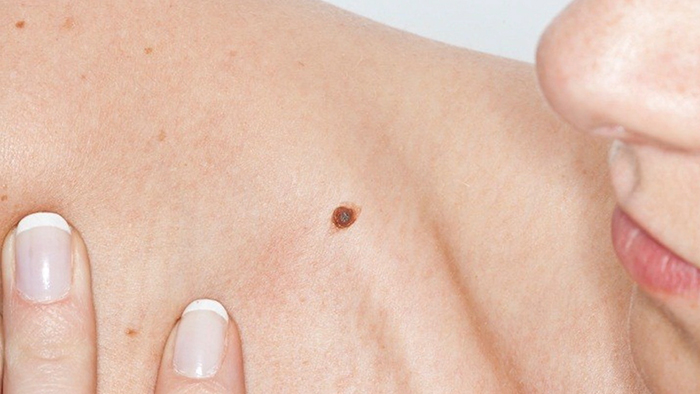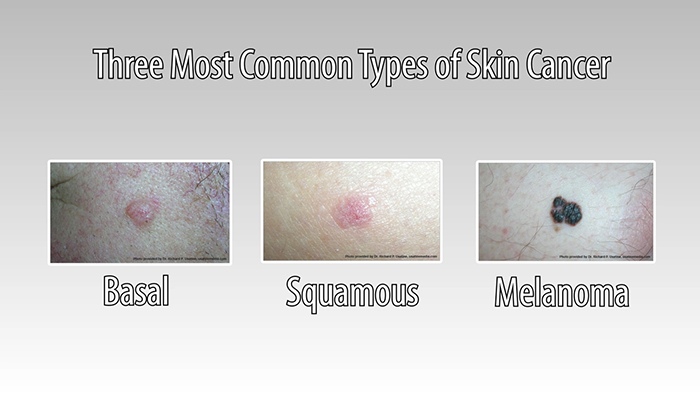The things we notice most as we climb up in years are those unwanted signs of aging: wrinkles, sun spots, loose or sagging skin or pockets of fat. Often these are the very things that bring us to our plastic surgeon’s office – seeking Botox, facial fillers or plastic surgery. However, a regular visit to your plastic surgeon’s office can do more than just reverse the signs of aging – it could also save your life.
by Anne Meyer
and Caroline Glicksman, MD
Sun Damage Can Result in More than Wrinkles or Brown Spots
New Jersey based plastic surgeon Dr. Caroline Glicksman uses consultations for age related concerns as an opportunity to screen her patients for early signs of skin cancer, and educate them about the importance of skin cancer screening. “Where we live, most of the residents enjoy sun and the outdoor activities of the Jersey Shore,” says Glicksman. “A lot of patients will come into my office seeking care for their sun damaged skin: lines, wrinkles and brown spots. As a board certified plastic surgeon, I trained at Memorial Sloan Kettering Hospital, covering a lot of the skin cancer clinics. It’s almost more important to me that I check my patient’s skin for early skin cancers.”
Types of Skin Cancer
According to the Skin Cancer Foundation, each year there are more new cases of skin cancer than cases of breast, lung, prostate and colon cancer combined. There are three types of skin cancer: basal cell carcinoma, squamous cell carcinoma and melanomas. The most treatable types of skin cancer resulting from sun damage are basal cell carcinoma and squamous cell carcinoma. The third, more deadly type of skin cancer is melanoma. “Melanomas have a genetic component, so any patient who has a family history of a relative with a melanoma really needs to be screened on an annual basis,” stresses Dr. Glicksman.
Benefits of Seeing a Plastic Surgeon for Skin Cancer Screening
If you thought only a dermatologist monitored and treated skin cancer, you were wrong. Some skin cancers are obvious in appearance to a well-trained plastic surgeon, and others require a biopsy. “I’m going to screen you adequately, take off only what we need to take off, and have a small biopsy that doesn’t leave a significant scar,” explains Dr. Glicksman. Once a skin cancer has been identified, a plastic surgeon is best trained to close up the wound in a way that achieves minimal scarring, using a combination of special techniques to place the least amount of tension on the top layer of stitches. Plastic surgeons are uniquely qualified to close incisions in a manner that leaves the best looking result.
Early Detection Saves Lives
“Most skin cancers are 95-100% curable when found small and early,” shares Glicksman.
Annual Screening
Dr. Glicksman strongly recommends all patients have a screening at least once each year to monitor the skin for any signs of new cancers. This visit, when done with your plastic surgeon, can also be combined with a consultation for other age-related concerns or a regular surgical follow up.

















Facebook
Twitter
Instagram
YouTube
RSS